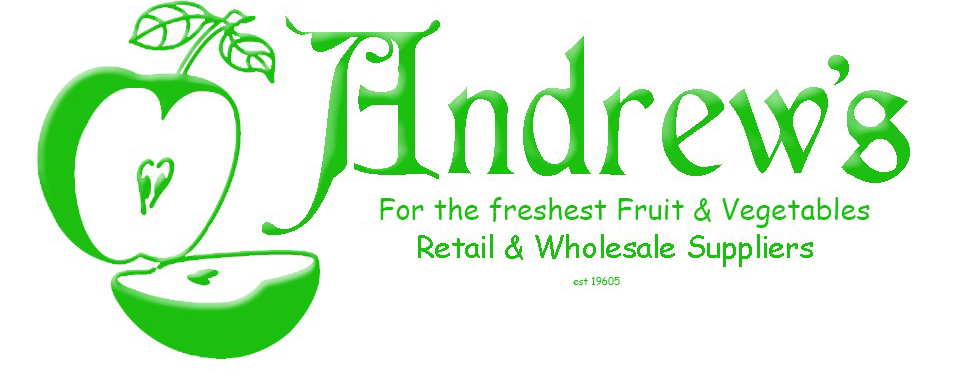Lockdown has put more people in touch with local food. But what is ‘local’, and what could this trend mean for how we eat in the future and the environment?
What is local food?
Local has no single legal definition. For most people it means food grown or produced relatively close to where they live, such as within 20 miles, or in a county or region. Local councils have different expectations and regulations for local food that are set by the planning department. The Farm Retail Association says what it considers to be ‘real farm shops’ should aim to stock locally made, produced or reared goods wherever it is possible to do so.
The term also has no set definition in terms of quality, although some local food organisations such as the London Farmers’ Markets – with 18 markets around the capital – have rules about standards. Foods sold can include handmade pies and slow-raised sourdough, meat from grass-fed animals, and just-picked fruit and veg from smaller market gardens that might not find a place in the larger-scale systems of supermarkets.
For some, local isn’t the only term we should be concerned about, since we import almost half our food. Alexia Robinson of British Food Fortnight says whilst some regions such as the Midlands and South West have a rich diversity of produce, others need to get produce from different parts of the country. She believes to source from Britain is in itself an achievement in these days of global supply chains. “It does a disservice to producers, retailers and chefs to set up a hierarchy where ‘local’ is the holy grail description and ‘UK’ a lesser one”, she argues. The organisation’s website has local food listings for England, Scotland, Wales and Northern Ireland as well as for individual English counties. All these are part of an annual British Food Fortnight, this year running from 18 September to 3 October.
What can be the benefits of local food?
The movement is strong on direct sales, a rising trend due to online delivery services, and is largely centred on local shops, farmers’ markets and farm shops that source or supply food from producers and farmers. Knowledge and engagement with what we eat can be encouraged by choosing local food, because it’s associated with a place. This is especially true when consumers are able to talk to the producer directly, for example at a farmers’ market, or get information about the origin of food and production methods, such as whether it is free-range or organic.
Anthony Davison, whose Big Barn online food map of local producers and sellers has dramatically increased its traffic since the first Covid lockdown, thinks this boost is here to stay. He has heard about “a lot of people who have found their local farm shop or butcher and realised it’s not as expensive as they thought it was, that the produce is better and they like the fact they can support their local economy”. He believes greater interest leads to more home cooking and healthier eating and that freshness, flavour, and a sense of seasonality are some of the other benefits of local food. “The more you care about how food is produced, the less likely you are to buy Peruvian asparagus”, he says. “You understand that you eat it in May and June when its local and fresh.”
A recent report on the benefits of local food by the New Economics Foundation estimates that for every £1 spent in the local food network Growing Communities in London, a further £3.70 is generated in social, economic and environmental value. The community-led organisation sells organic food that gives a fair price to the grower, has a weekly veg-bag scheme, a farmers’ market and a producer network to foster smaller-scale producers working on sustainable principles. Eco benefits of such foods can include attention to soil health and other reduced carbon emissions and improved water quality due to less pollution through chemical inputs such as pesticides and fertilisers.
On the other hand, economies of scale and efficient technology such as chill-chains, which help keep food fresh for longer, are part of how bigger producers cut carbon as well as costs. “Local doesn’t necessarily mean less carbon emissions”, says a spokesperson for the British Retail Consortium, which includes the main UK supermarkets amongst its membership. “You might save on the transport but the production methods of local producers may not be as efficient as larger suppliers.”
What does local mean for food security and diversity?
In the pandemic some local food businesses pivoted to delivery and click-and-collect options. This wasn’t only about supplying ingredients that had become scarce in supermarkets, such as flour, or getting food to people who were shielding. “In the panic of the first lockdown and that high-adrenalin situation, shoppers went to people who they trusted”, argues Lynne Davis of Open Food Network, an online platform that connects food producers with local shoppers, especially through local food hubs.
Cutting out the middleman through direct sales makes smaller-scale production more viable and keeps local businesses and high streets going. Farmers in one local food organisation, Tamar Grow Local, say they can get as much as 85p in the retail pound, representing fair trade at a local level. “We need diversity not just in our farms and fields but in our economy as well”, says Davis. “Diversity of routes to market is important. You don’t want to put all your eggs in one basket.”
Around half the value of UK food comes from what’s eaten outside the home. Joe Fennerty of Food Circle York, a progressive local food organisation, says restaurant engagement in the detail of growing has been a positive outcome of the pandemic. “They stopped for a bit and had time to come out to farms”, he says. A number of chefs around York now come to meet the producers once a week, not only for supplies, but also to talk through what’s coming up and other issues. He gives the example of how one market gardener, Ben Daniells of Rocket and Russet, has been able to take his business from part-time to full-time thanks to these larger-scale customers.
Can local be scaled up?
‘The Preston Model’ is a ground-breaking example of what is called ‘community wealth building’ (redirecting wealth back into the local economy). Lancashire County Council broke up its school dinners contract into a number of tenders, rather than just one, making it more accessible to local farmers and providing a £2m boost for the county’s farmers. Preston refurbished its covered market, providing affordable fresh fruit and veg and an abundance of local produce. The council supports The Larder, a social enterprise and food hub encompassing a café, catering and cooking classes, all based on produce from Lancashire farmers and food producers.
Isaac Stanley of the Centre for Local Economic Strategy (CLES), the ‘think-and-do-tank’ instrumental in developing the Preston Model, says this sort of initiative is about reshaping the local economy and providing decent jobs and living conditions. “Food is part of the local economy”, he says. “What potential is there to have a closer relationship with local suppliers? What potential is there to rewire the local food eco-system?”
In another community wealth-building project in North Ayrshire, the council has redesigned its buying systems, or procurement, for school canteens, getting schools to talk to nutritionists with the question: ‘If this is our local produce, what healthy meals can we create that the kids will like?’
In a major move for public and private sector procurement, the South West Food Hub is soon to pilot a government-funded tech platform that will be a marketplace for local food producers and buyers. “A chef in a hospital can order 50kg of carrots and put in any number of criteria – organic, within 30 miles, purple – and get what they want”, says its director Greg Parsons. Local food can be about more than weekend farmers’ markets, it can also be about canteens, hospitals and schools. “Pretty much everyone uses the public sector for food”, says Parsons. In England and Wales, the public sector – the NHS and care sector, schools, government departments – spends around £1.8bn on food, according to the National Farmers’ Union.
Shorter supply chains and making good fresh food more easily available are both increasingly important, argues Parsons, or we’ll be reliant on imported food and at the mercy of someone else: “In a pandemic or restricted supply chains, we could be in trouble.”
What about local retailers and supermarkets?
Although local food is seen as small-scale, with the increase in online sales for fruit and vegetables, the opportunities for growth for small and larger retailers is forever increasing. Buyers at these retailers are driving to source more of the product lines from their area, for example selling Yorkshire produced meat, Yorkshire made gin, rum and other spirits or also using a local bakery says Jonathan at Andrew's Greengrocers. "Over the past 12 months we have introduced around 60% more Yorkshire produced products to our retail and e-commerce store, we are excited to be working with more brands too to further our development in this area."
Yorkshire Grown produce in particular markets, with the use of various new growing techniques, are set to increase as the flavour is seen by many to be rivalling imported produce and are a much lower carbon footprint.
Local sourcing is affecting choices in the supermarket sector more widely. The demand for local is being heard loud and clear by supermarkets who are demanding them to stock more British and local produce. Customers' awareness of who they are supporting is forever increasing and with that the support towards helping the local economy is increasing. This has become even more important as a result of the pandemic. "Sourcing our products locally helps reduce food miles, ensures food is freshest when it hits the shelves to help reduce food waste, and supports local communities and economies, the growth of smaller retailers is putting even more pressure on supermarkets to do more for their local communities which can only be a good thing for the future." says Jonathan, Operations Manager.


